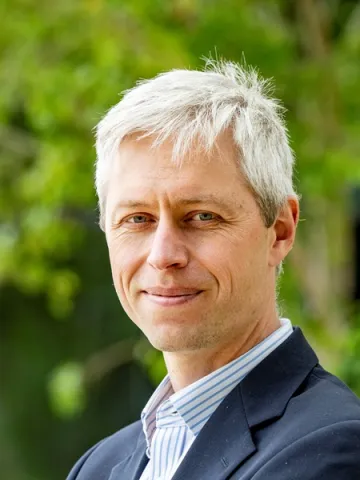Project overview
This project developed understanding and modelling techniques for flow processes that underpin creation of clean and efficient systems involving reacting and two-phase turbulent flows.
The computational tools combine statistical and multi-scale methods in order to take account of the effects of turbulent fluctuations on small-scale but important physical processes. The new modelling developments provided by the project lie in three areas:
(1) physically-justified approaches for incorporating detailed low-dimensional simulations including complex physics into large-scale three-dimensional simulations of engineering systems;
(2) methods to simultaneously take account of how fluctuations in velocity, composition and temperature affect chemical reaction and evaporation rate; and
(3) the use of residence time as a parameter for characterising and modelling the evolution of relatively slow processes that are important in engineering systems.
These modelling developments have been proven during this project primarily for application to combustion system design, such as gas turbines and diesel engines, however the general multi-scale and statistical approaches developed have also been employed in spin-out projects addressing the design of systems for capturing carbon dioxide from exhaust gases into thin films of liquid, and the analysis of hierarchically-structured catalyst supports in which carbon dioxide is converted back into fuel.
The computational tools combine statistical and multi-scale methods in order to take account of the effects of turbulent fluctuations on small-scale but important physical processes. The new modelling developments provided by the project lie in three areas:
(1) physically-justified approaches for incorporating detailed low-dimensional simulations including complex physics into large-scale three-dimensional simulations of engineering systems;
(2) methods to simultaneously take account of how fluctuations in velocity, composition and temperature affect chemical reaction and evaporation rate; and
(3) the use of residence time as a parameter for characterising and modelling the evolution of relatively slow processes that are important in engineering systems.
These modelling developments have been proven during this project primarily for application to combustion system design, such as gas turbines and diesel engines, however the general multi-scale and statistical approaches developed have also been employed in spin-out projects addressing the design of systems for capturing carbon dioxide from exhaust gases into thin films of liquid, and the analysis of hierarchically-structured catalyst supports in which carbon dioxide is converted back into fuel.
Staff
Lead researchers
Research outputs
Chun Sang Yoo, Edward S. Richardson, Ramanan Sankaran & Jacqueline H. Chen,
2011, Proceedings of the Combustion Institute, 33(1), 1619-1627
Type: article
